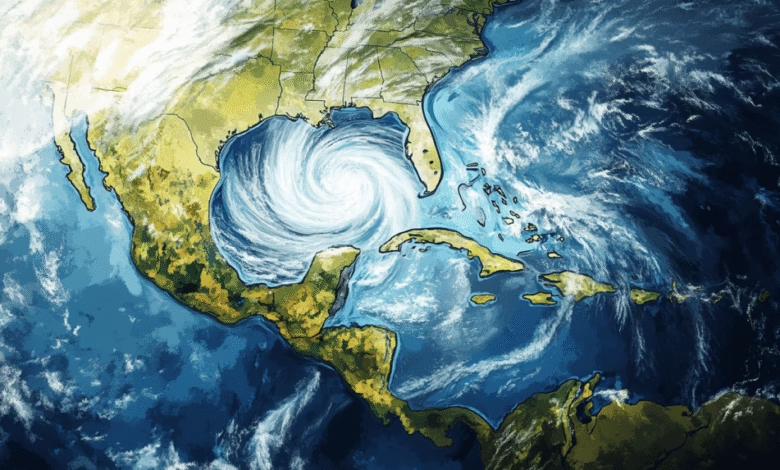Google DeepMind’s AI Revolutionizes Hurricane Forecasting

▼ Summary
– Google DeepMind announced an AI system that predicts hurricane paths and intensity with unprecedented accuracy, addressing a long-standing challenge in weather forecasting.
– DeepMind partnered with the U.S. National Hurricane Center, integrating experimental AI predictions into operational forecasting for the first time.
– The AI model outperforms traditional physics-based systems in both track and intensity predictions, with faster processing times (one minute vs. hours for conventional models).
– The system was trained on dual datasets: global weather patterns and detailed cyclone data from the past 45 years, using advanced probabilistic modeling techniques.
– The partnership aims to improve real-time hurricane forecasting, with potential life-saving implications as climate change intensifies tropical cyclones.
Google DeepMind has unveiled a groundbreaking AI system capable of predicting hurricane paths and intensity with remarkable precision, potentially transforming how we prepare for these devastating storms. The technology, showcased through the new Weather Lab platform, generates multiple storm scenarios up to two weeks in advance and has already secured a partnership with the U.S. National Hurricane Center, the first time the agency will integrate experimental AI forecasts into its official operations.
Traditional forecasting methods have long struggled with a critical limitation: global models predict storm trajectories well but falter on intensity, while high-resolution regional models focus on strength but miss broader patterns. DeepMind’s AI bridges this gap by analyzing both atmospheric conditions and cyclone-specific data, delivering forecasts that outperform leading physics-based systems. Early tests show its five-day track predictions land 140 kilometers closer to actual storm positions than Europe’s top ensemble model, while intensity forecasts surpass even NOAA’s advanced Hurricane Analysis and Forecast System.
Speed is another advantage. Where conventional models take hours to run, DeepMind’s system produces 15-day forecasts in about a minute using a single specialized chip. This efficiency meets the National Hurricane Center’s strict six-and-a-half-hour deadline for operational forecasts, enabling faster warnings for communities in harm’s way.
The breakthrough stems from training the AI on two key datasets: global weather reconstructions and detailed records of nearly 5,000 cyclones from the past 45 years. Unlike earlier AI weather models, this system prioritizes cyclone-specific metrics like wind radii and pressure systems. It also leverages Functional Generative Networks, a probabilistic modeling technique that creates more accurate forecast variations.
The partnership with the National Hurricane Center marks a pivotal shift from research to real-world application. Forecasters will now see AI predictions alongside traditional models during the 2025 Atlantic hurricane season, offering a chance to validate the technology’s accuracy in live scenarios. Independent evaluations by climate scientists suggest the model could have provided earlier warnings for storms like Hurricane Otis, which rapidly intensified before hitting Mexico in 2023, a scenario most conventional systems failed to anticipate.
As climate change increases the frequency and severity of tropical cyclones, advancements in predictive accuracy could save lives and reduce economic losses, which have totaled $1.4 trillion over the past half-century. While DeepMind emphasizes that Weather Lab remains experimental, the collaboration with government agencies signals a growing confidence in AI’s role in weather forecasting. The coming hurricane season will put the system to its toughest test yet, potentially paving the way for broader adoption of AI-driven early warning systems worldwide.
(Source: VentureBeat)






